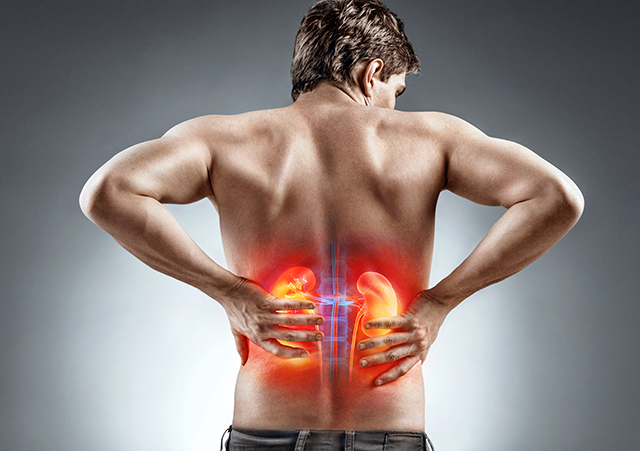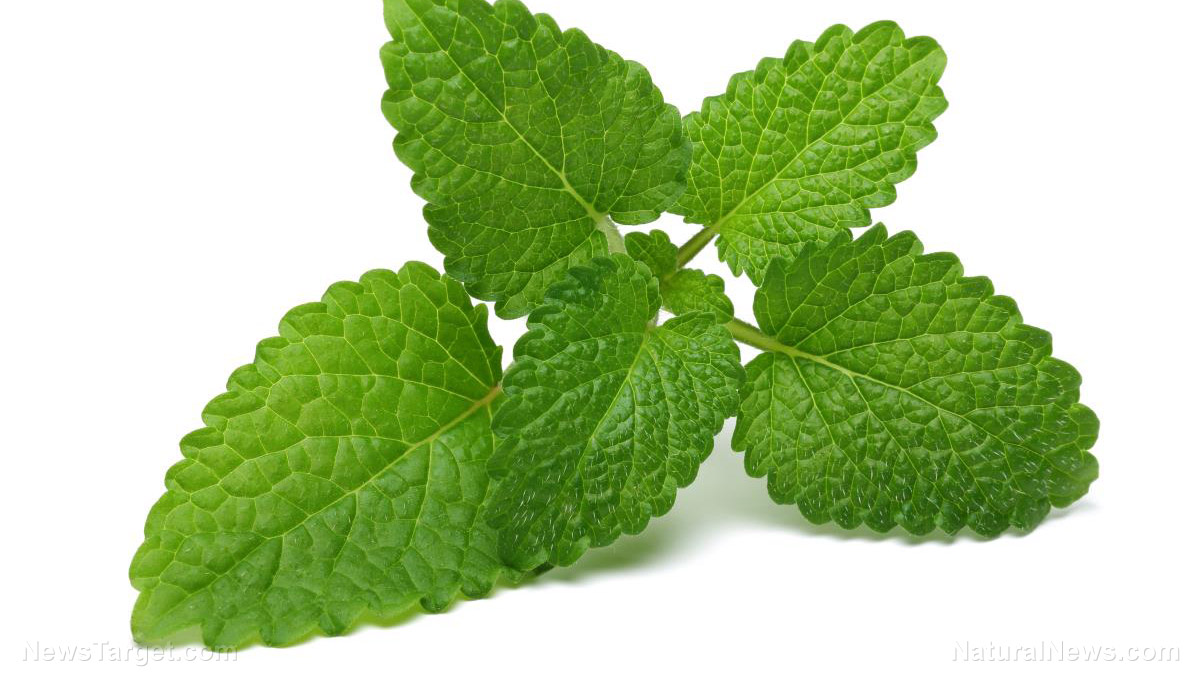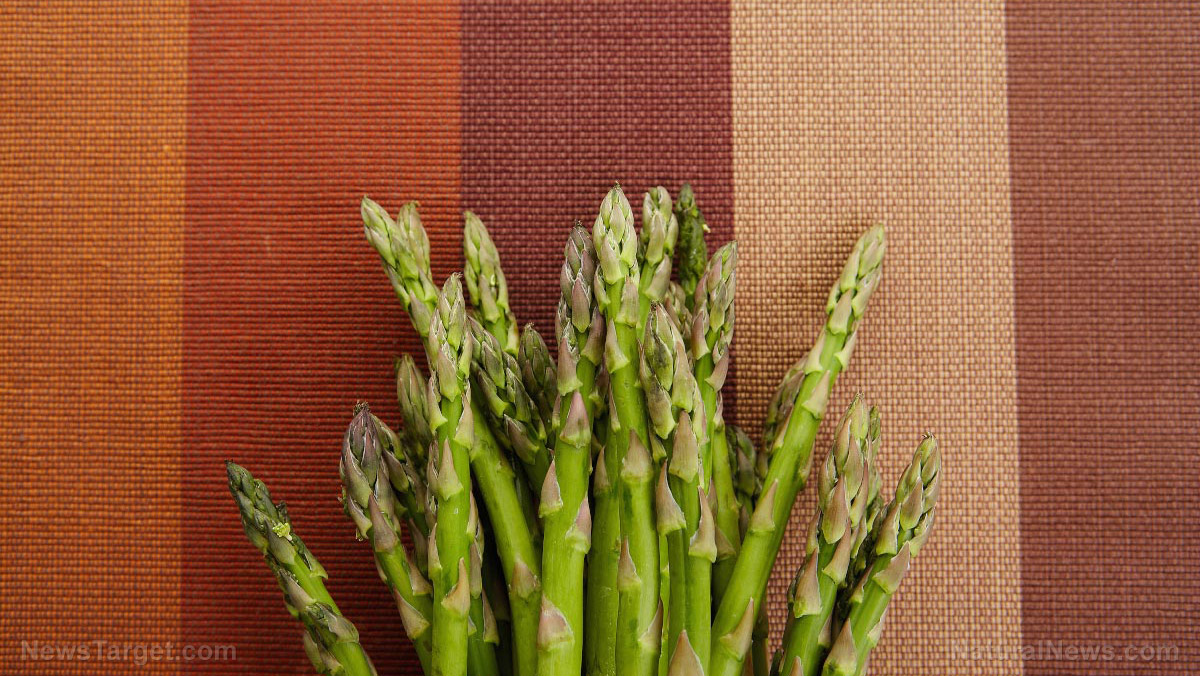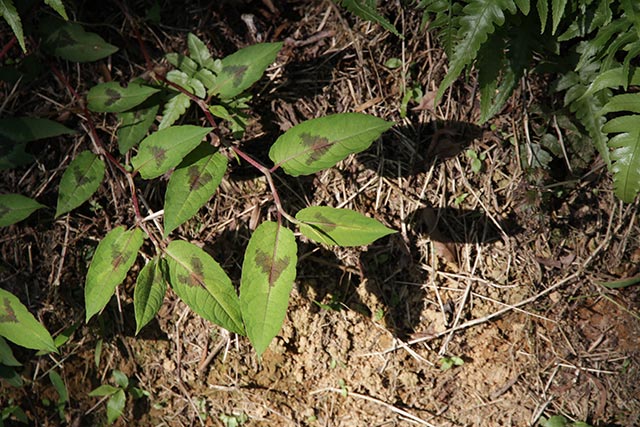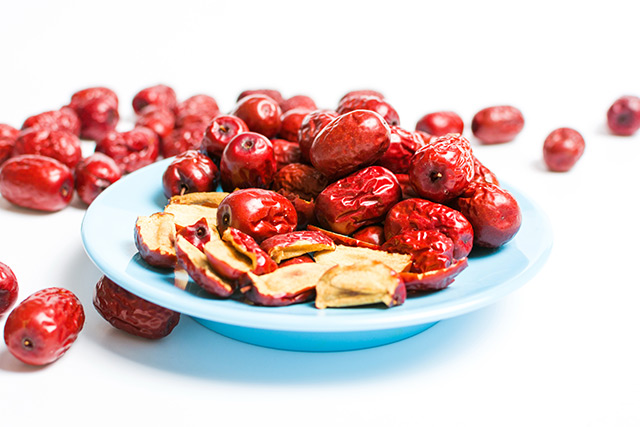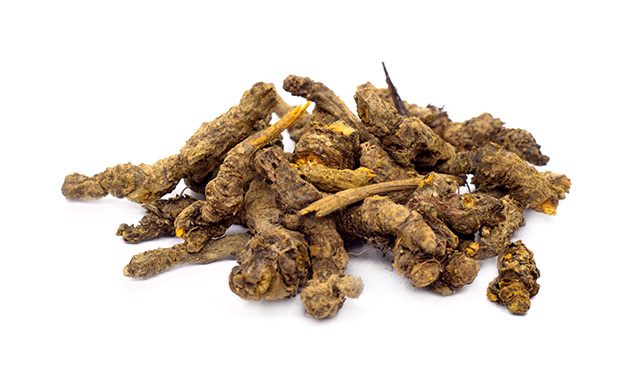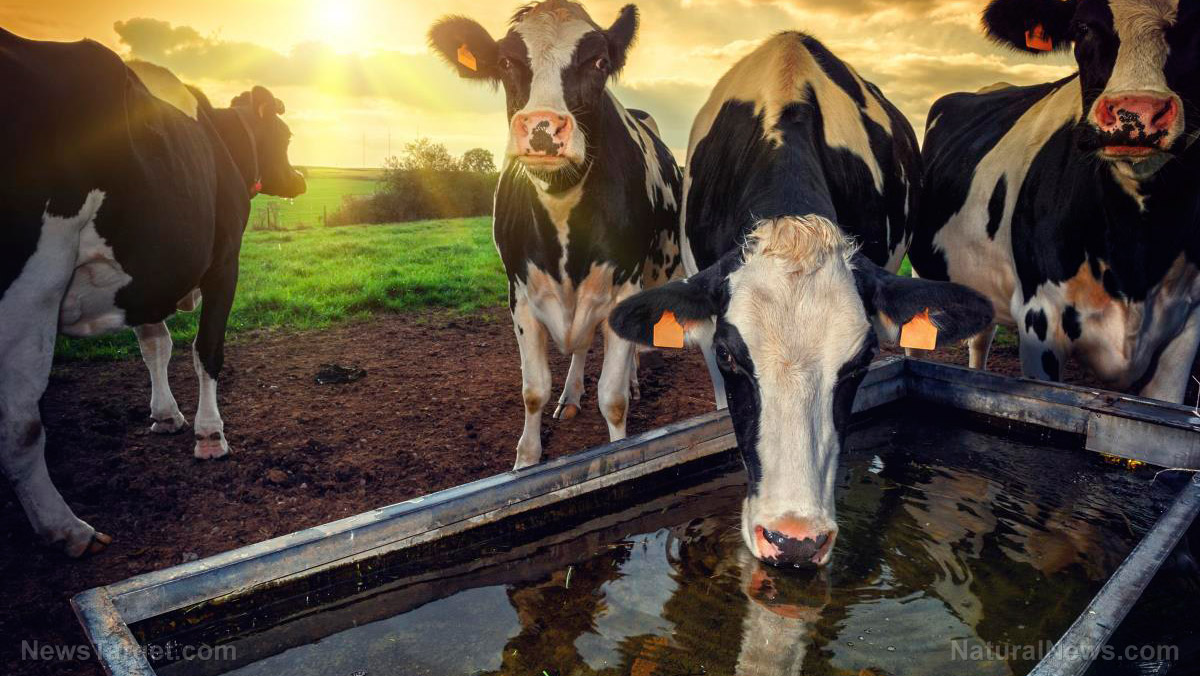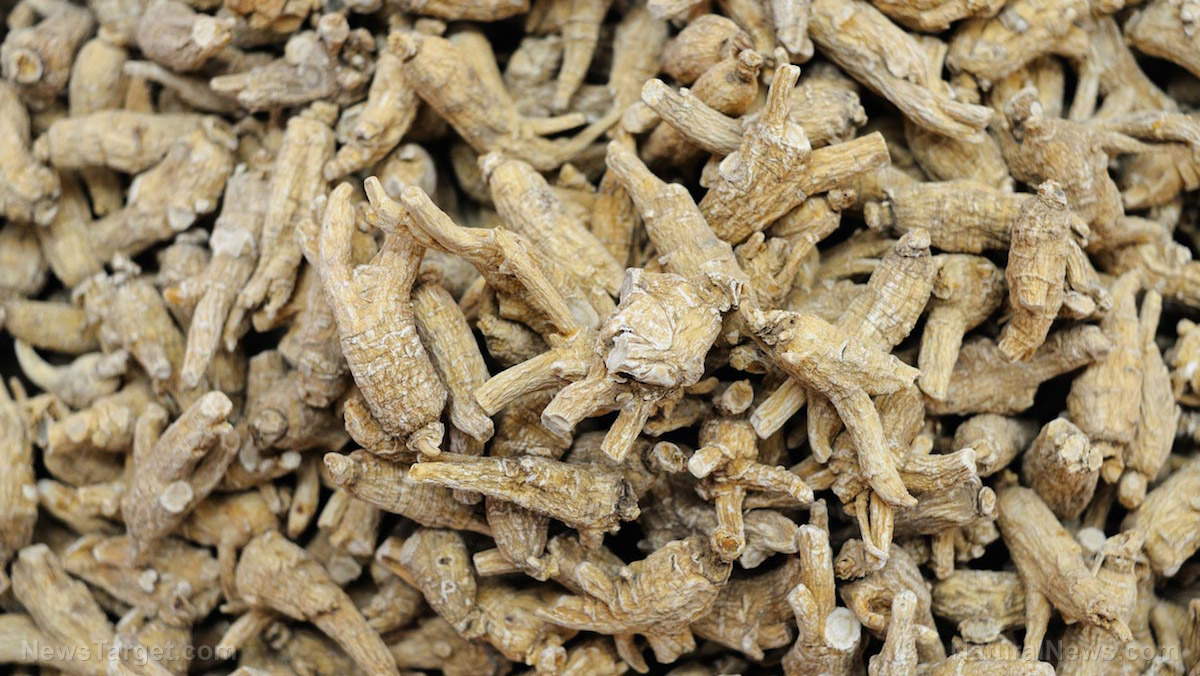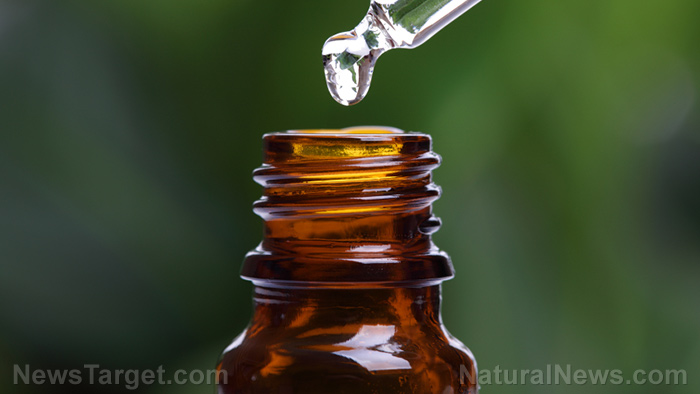The white water lily has a hepatoprotective effect comparable to that of silymarin
08/02/2018 / By RJ Jhonson
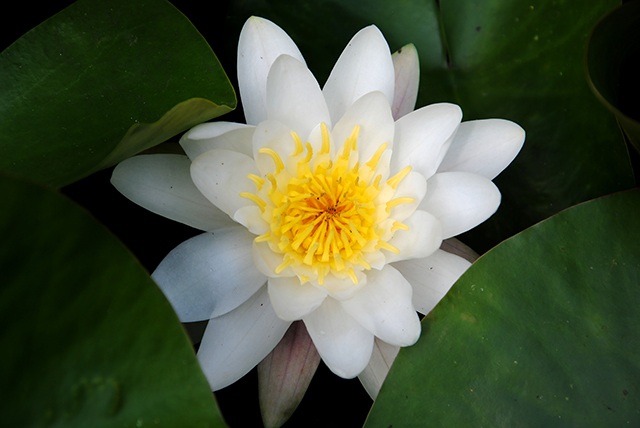
Extracts from the leaf of the European white water lily (Nymphaea alba) have been confirmed to have hepatoprotective properties. A study published in the journal BMC Complementary and Alternative Medicine sought to profile the plant’s bioactive compounds and gauge their anti-inflammatory and antioxidant effects.
- The flowers and rhizome components of the European white water lily were proven to have hepatoprotective properties. The latter even has anti-cancer effects that are potent against liver cell carcinoma.
- The researchers obtained an aqueous ethanolic extract from the leaves of the water lily. These were put through high-resolution electrospray ionization mass spectrometry (HRESI-MS/MS) to determine their polyphenolic content.
- To gauge the plant’s hepatoprotective properties, they created a model composed of rats with CCl4-induced hepatoxicity. The animals were given two doses of the extract (100 mg/kg and 200 mg/kg) which were then compared to silymarin. The researchers conducted liver function tests and took note of specific indicators to ascertain the damage.
- They were able to identify 53 compounds, nine hydrocarbons, two sterols, and 11 fatty acids. The extracts also improved liver function and decreased oxidative stress. Histopathological features of the liver and caspase-3 expression were also reduced.
The researchers concluded that the extracts from the European white water lily had hepatoprotective properties comparable to those in silymarin. In addition to these are the plants’ antioxidant and anti-inflammatory properties that can further enhance liver well-being.
Read the full text of the study at this link.
For natural remedies for liver conditions, go to Remedies.news.
Journal Reference:
Bakr RO, El-Naa MM, Zaghloul SS, Omar MM. PROFILE OF BIOACTIVE COMPOUNDS IN NYMPHAEA ALBA L. LEAVES GROWING IN EGYPT: HEPATOPROTECTIVE, ANTIOXIDANT AND ANTI-INFLAMMATORY ACTIVITY. BMC Complementary and Alternative Medicine. 17 January 2017;17(1). DOI: 10.1186/s12906-017-1561-2
Tagged Under: anti-inflammatory, antioxidant, European white water lily, liver health, natural treatment, Nymphaea alba, silymarin

